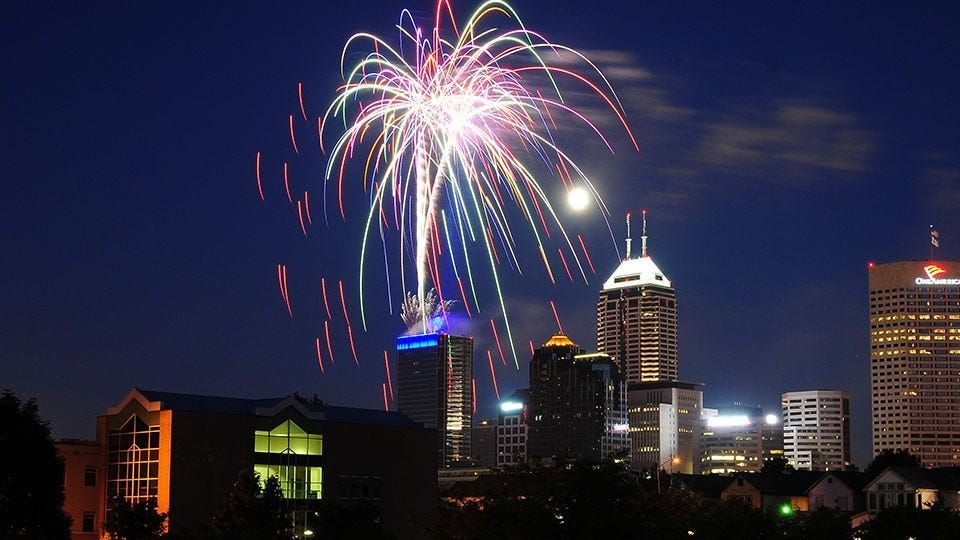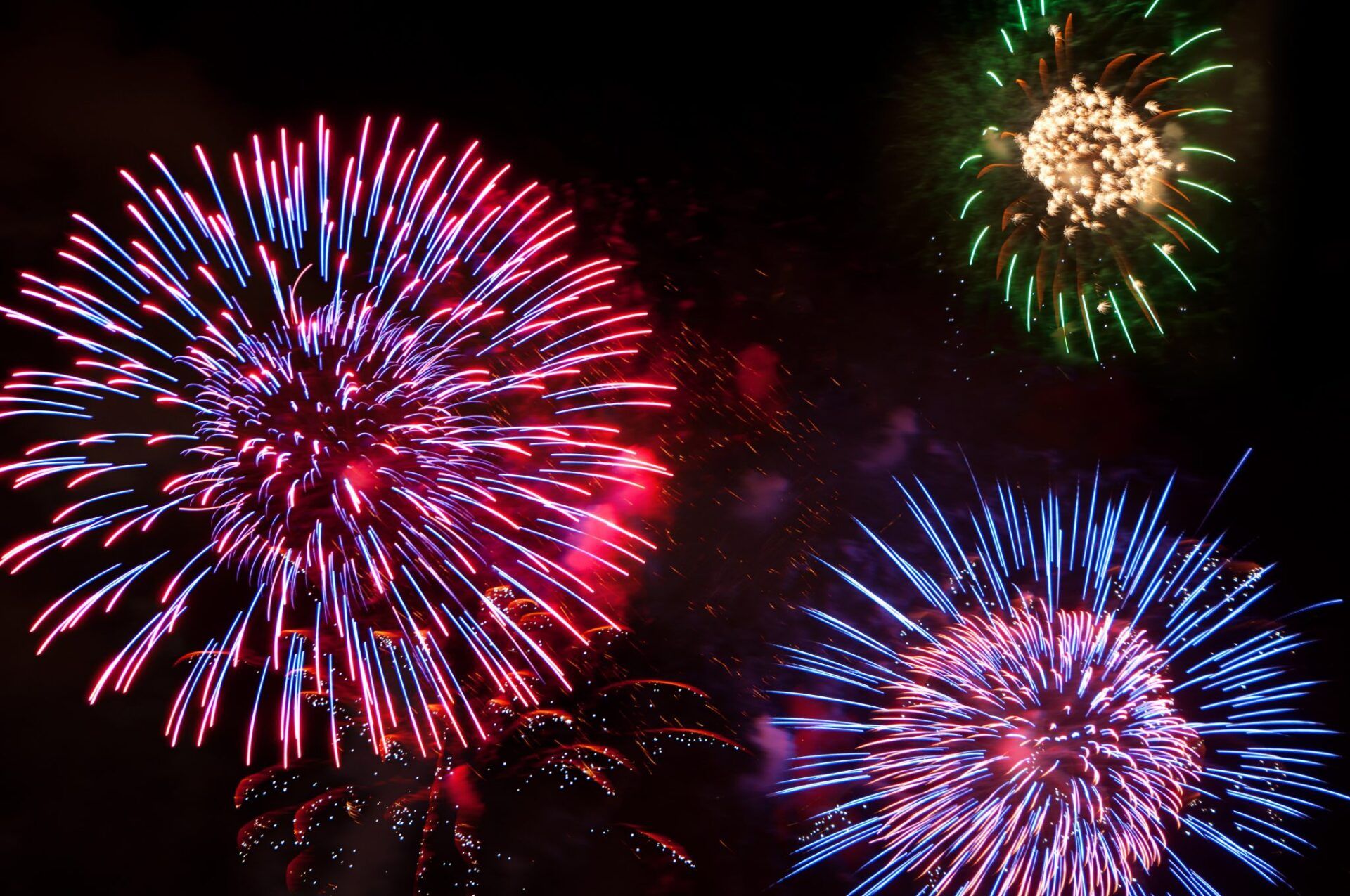Things To Know Before Purchasing Fireworks For Independence Day
Things To Know Before Purchasing Fireworks For Independence Day
One of the most important summer events is the Fourth of July. Fireworks are, of course, one of the most traditional ways we commemorate this occasion. However, so many states now legalizing the purchase of consumer pyrotechnics, more Americans than ever are putting up their own fireworks displays. In addition, Americans celebrate their country's independence on July 4th with barbecues, relatives, and a fireworks display.
Lighting up the night sky with colour and sound has become a tradition not only for Independence Day but also for sporting events and other public gatherings, whether it's a few little poppers lit in the backyard or a tremendous performance at a neighbourhood park. However, make sure you know the risks involved with fireworks if you intend to use them this Fourth of July holiday.
Fireworks of different colours
Whether Roman candles or falling leaves, Fireworks are all based on the exact science. A mortar, a fuse, propellant powder, a shell, a bursting charge, and "star" pellets make up rocket fireworks. A lifting amount shoots the shell out of the mortar and into the air after the fuse is lit.
When a compound is burned, it takes on a distinct colour: magnesium is white, copper is blue, sodium is gold, and so on. The way the stars are arranged inside the shell determines the style or design of the fireworks display.
The license of the fireworks
What determines whether fireworks are lawful or not? The law and authority mandated that licensed fireworks fulfil a "fuse burn time" criteria. Consumer-grade pyrotechnics must typically have a fuse burn period of three to nine seconds so that users can run away before the fireworks go off. The amount of pyrotechnic substance allowed in legal fireworks is similarly limited to 50 mg.
The term "damp squib" comes from a fireworks display
The term "damp squib" is now used to describe a disappointing event that is not as dramatic or impressive as anticipated. A squib, on the other hand, is a tiny explosive device or type of firework, usually cylindrical in shape and containing a paper fuse at one end that does not light if wet.
810,904 pyrotechnics in the world's largest-ever firework display
The largest-ever fireworks show was put on by the Philippines' Iglesia Ni Cristo (Church of Christ), which ushered in 2016 with a boom. The show lasted 1 hour, 1 minute, and 32.35 seconds, and unfortunately, it rained the entire time.
It's all about flower power these days
A "chrysanthemum" is a shell that emits stars in a complete circle, with the brightness increasing as the circle grows larger. A "peony" is a firework with stars that fly outward before starting to descend. A "bouquet" is made up of several breaks of miniature chrysanthemums. The "butterfly," "coconut palm," and "dragon's eggs" are all exotic firework names for a gold or silver breaking effect that ends in crackles or strobes.
Awesome experience here at Uncle Sam's. Daniel was super knowledgeable and helpful. I have been to quite a few firework stores but never have I had such a smooth and seamless experience. This is definitely my new spot for fireworks!!
First time I went didn't disappoint awesome staff very helpful answered all my questions! Great selection too!
We sell the best fireworks products for the best prices in Chicago and Indiana.
Sparklers
Firecrackers
Roman Candles
Aerials and Finales
Fountains
Rockets
UNCLE SAM'S FIREWORKS
ADDRESS:
14 Gostlin St,
Hammond, IN 46327
PHONE: (219) 931-5600
EMAIL: [email protected]









